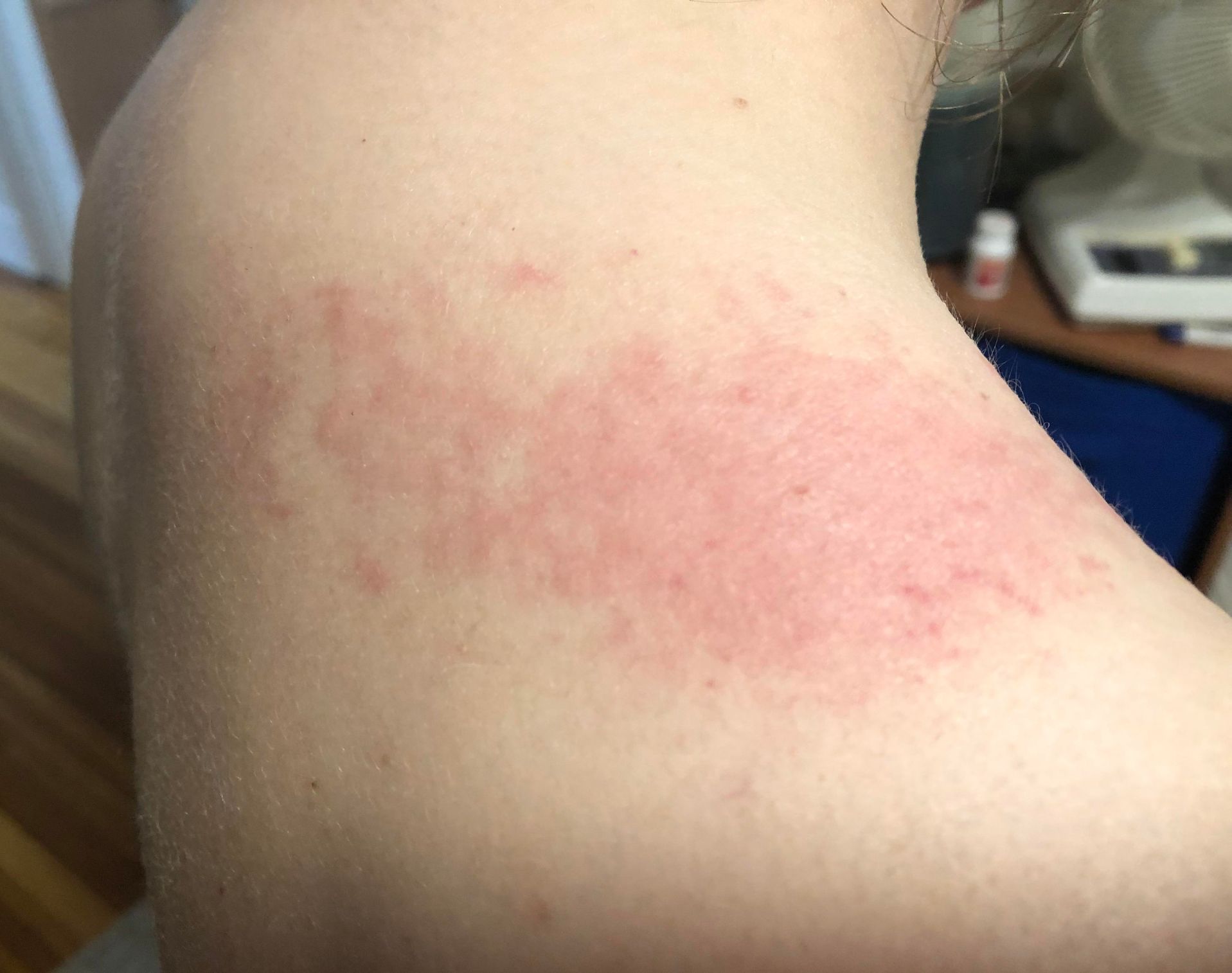Dr John Ferguson
Consultant Dermatologist
Specialist expertise: Skin Cancer, Vitiligo, Dermatology, General Dermatology, Phototherapy, Photodermatology, Psoriasis, Eczema, Acne.
Polymorphic light eruption is a common skin rash caused by exposure to sunlight or artificial ultraviolet light.

Polymorphic light eruption (PLE), also known as ‘sun allergy’ or ‘summer eruption’, is a skin condition that comes on after exposure to sunlight or artificial ultraviolet (UV) light.
The main symptom of PLE is a red rash, so it’s often confused with and self-diagnosed as heat rash (prickly heat), but PLE is a separate condition with different symptoms, causes and treatment options.
Anyone can be affected by PLE, but the condition presents predominately between the ages of 20 and 40, and is 4 times more common in women than men. It’s thought to affect around 10% to 15% of the UK population.
Although it’s usually not serious, PLE can be very uncomfortable and some people with the condition may feel self-conscious about how it makes their skin look.
PLE can occur after as little as 20 minutes of exposure to the sun or UV light. You can even be affected by PLE if you’re wearing thin clothes or are sitting near a window in bright weather.
It’s not known exactly why PLE happens, but it’s thought that UV radiation alters your skin, triggering a reaction in your immune system that causes inflammation in the skin.
PLE is not a hereditary or infectious skin condition and has no connection with skin cancer.
A dermatologist can usually diagnose PLE with a simple history and skin examination. Photographs of your rash can be helpful. They may sometimes take a sample of skin (biopsy) for testing or run blood tests to rule out other conditions that can cause a rash after sun exposure.
Phototesting may also be done to exclude rarer types of sun sensitivity. This is where different amounts and wavelengths of ultraviolet and visible light are applied to the skin to reproduce and test for a rash.
PLE can appear on any area of the body that’s exposed to the sun or UV rays, but is most common in areas that are kept covered in the winter, such as the arms, upper thighs and chest. The reaction is more common in spring and early summer when exposure to sunlight increases.
Symptoms are usually apparent within a few hours but can appear up to 2 to 3 days after exposure to sunlight. Symptoms usually last for less than a week and resolve as normal skin.
The appearance of a PLE rash varies from person to person. Symptoms of a polymorphous light eruption rash can include:
For some patients, PLE can ruin enjoyment of sunny days in the UK and holidays abroad in warm climates.
There’s no cure for PLE, but there are various measures that can be taken to help minimize the severity of the rash and also prevent it from occurring:
In some cases, corticosteroid creams or ointments, as well as oral antihistamines, may be recommended by your dermatologist to use when the rash appears.
DID YOU KNOW, if PLE is particularly troublesome, desensitisation treatment with phototherapy can help ‘harden’ the skin against sun sensitivity and this will result in the rash disappearing altogether. This is where increasing doses of ultraviolet light are applied to the skin with the aim of increasing your skin’s resistance to the sun. Depending on the severity of the condition you may need between 6 and 12 phototherapy sessions. Find our more on phototherapy.
If your rash is very severe, you should seek the advice of one of our specialists as you may be suffering from a more serious condition.